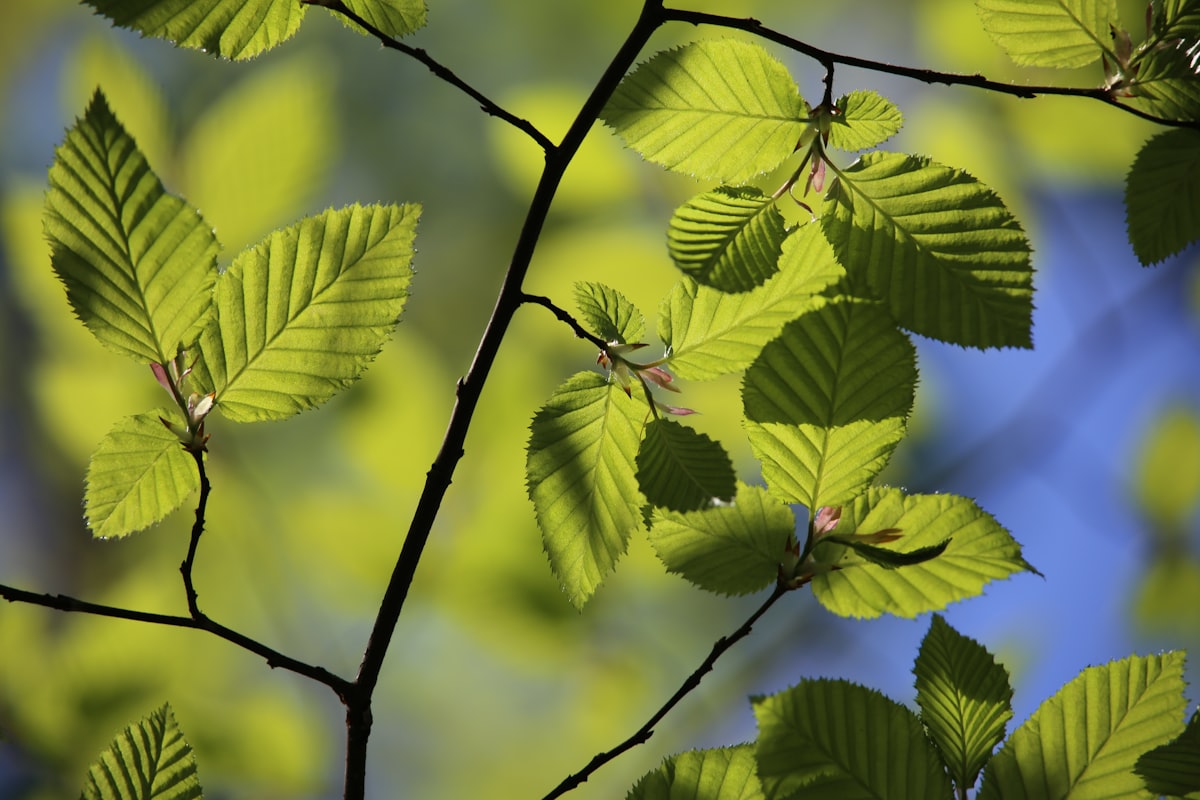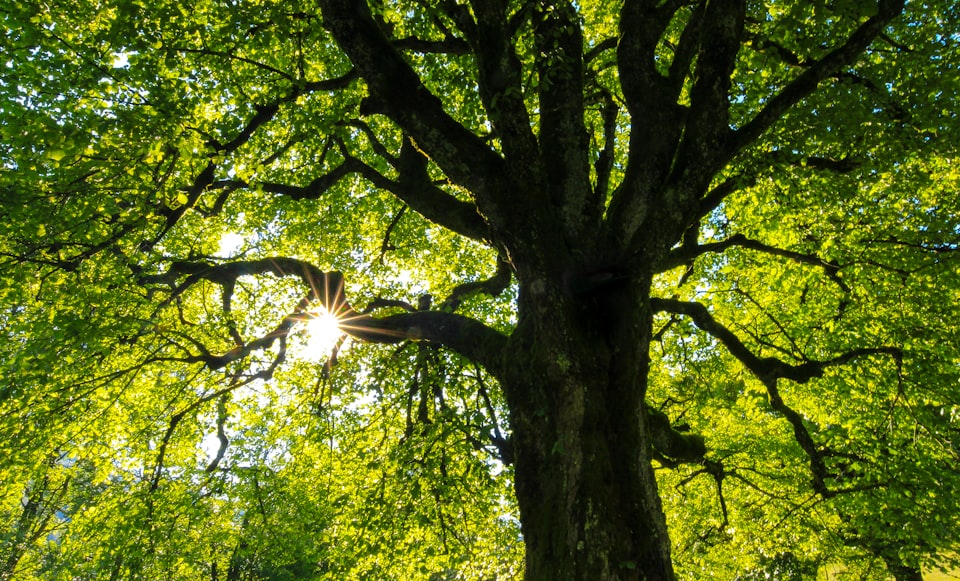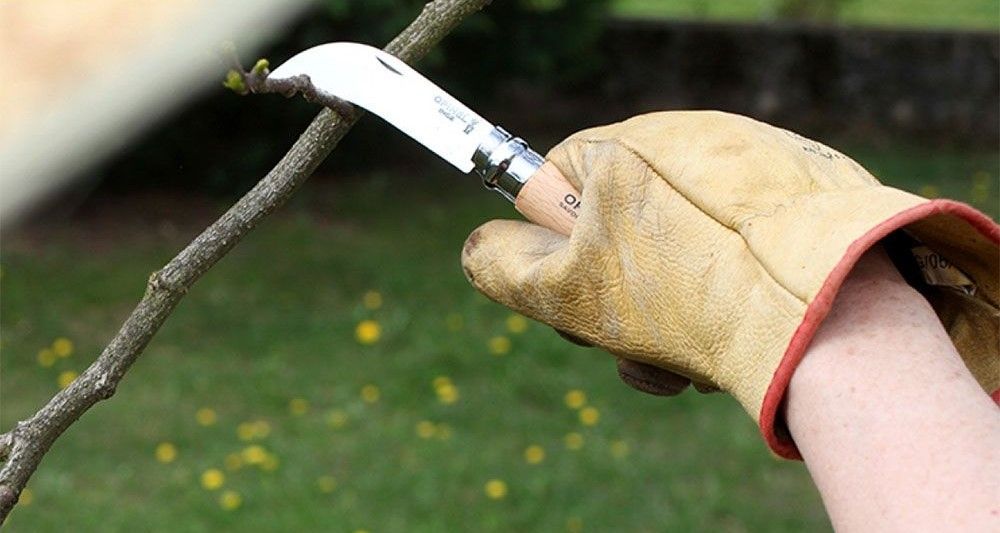IV: Beech
The strange life of the beech scale insect.

Good morning. Today is quartidi, the 14th of Germinal, Year CCXXXI. We celebrate l'hêtre, an important timber for furniture.
💡
If you've encountered Budweiser, you're probably familiar with the phrase "beechwood aging" as marketing background noise. How is a cheap and bad-tasting beer aged? Well, the term hides the truth: beechwood speeds up the fermenting process by giving yeast more surface area to do its work in the barrel. Beechwood is soft and flavor-neutral, so it's often used for industrial sticks, including popsicle sticks. The ones Budweiser uses are about that size, but spirals, which gives the yeast that settles to the bottom of the barrel something to cling to and more contact with the beer. Most brewers don't use it because the extra expense doesn't yield any result but a slightly faster readiness date. You'd have to be brewing lots of beer to see any financial benefit from that. Like, you know, the most ubiquitous can in America.
The beech scale insect is one of the stranger bugs I've ever learned about. I'm used to thinking of insects as highly kinetic and busy little creatures with complex social groups and highly structured roles. This one is a lot more like the Borg. And it's the first step in a very slow, but very thoroughly deadly, disease process called beech bark disease.



